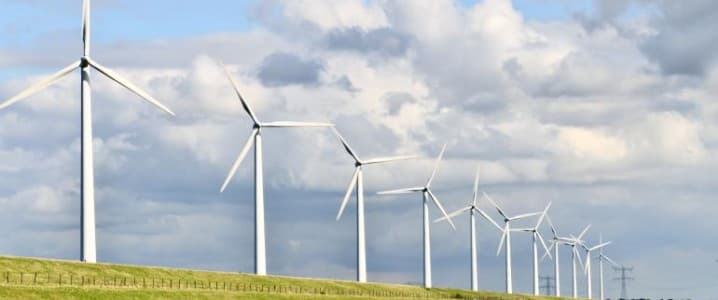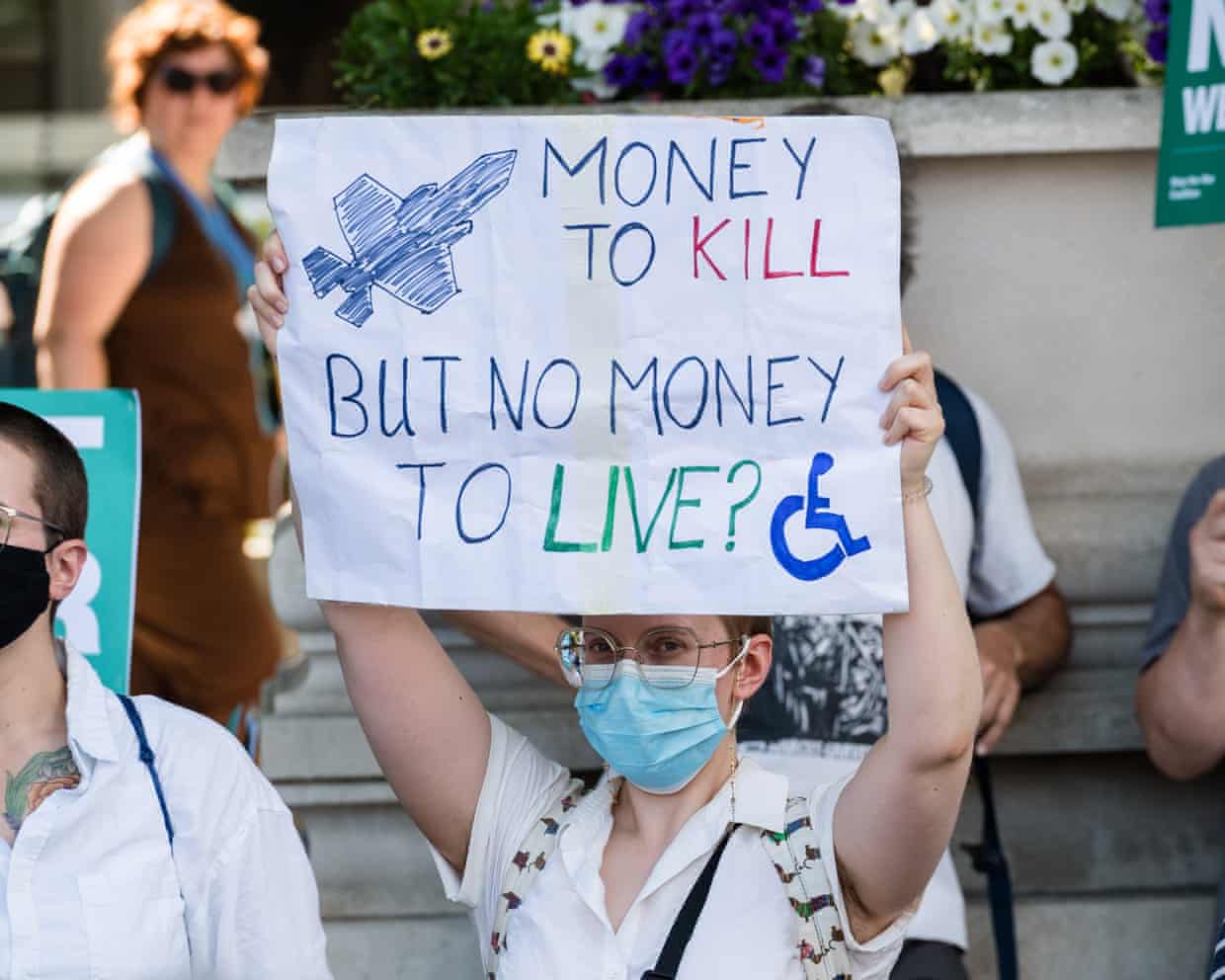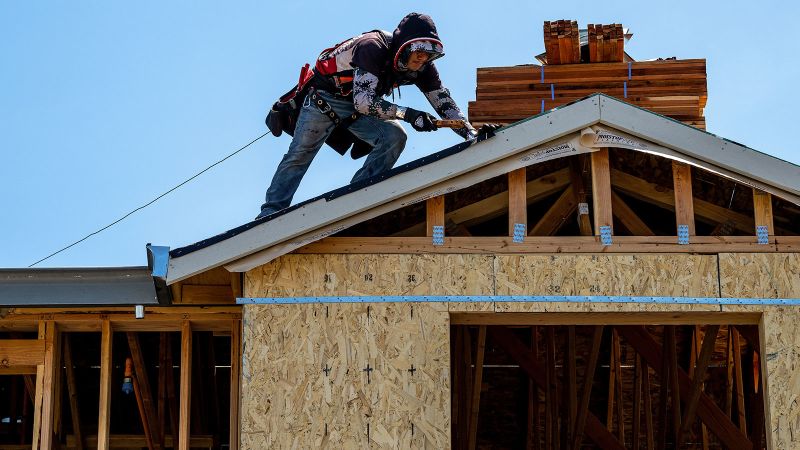The promise of sustainable investment, once seen as an unstoppable force reshaping global finance, is once again confronting a significant recalibration, largely due to a more realistic assessment of the global energy transition’s pace. This sector, which has experienced previous periods of booming interest followed by retrenchment, finds itself navigating turbulent waters as investors come to terms with the complex realities of shifting away from traditional energy sources. The current downturn signals a critical moment for re-evaluating the foundational assumptions driving capital towards environmentally conscious ventures.
A pivotal factor in this current stumble is the growing recognition that the global energy transition will not be an abrupt revolution, but rather a methodical evolution. Experts now largely agree that the path from fossil fuels to widespread renewable energy adoption involves a nuanced, multi-stage process. This includes the incremental replacement of high-carbon coal power generation with natural gas, which, while still a fossil fuel, offers a relatively cleaner bridge. Concurrently, renewable sources like solar and wind power are gradually but steadily increasing their share in the overall electricity generation mix, a process that is inherently capital-intensive and time-consuming.
This revised, more gradual outlook on the energy timeline has coincided with substantial recent withdrawals from sustainable investment funds, further compounding the sector’s challenges. A significant driver behind this capital exodus is a robust political backlash, particularly evident in the United States, against calls for the complete blacklisting of funding for fossil fuel industries. Under the current political climate, notably referenced as ‘Trump’s America,’ an economic policy stance has emerged that often champions traditional energy sectors, creating an environment less conducive to the unbridled growth of purely green investment initiatives.
The present dip in green energy investment is not an unprecedented event in the 21st century. The sustainable finance landscape has a history of cyclical volatility, characterized by periods of intense enthusiasm followed by corrective phases as market realities and policy shifts come into play. This recurring pattern underscores the inherent challenges in integrating long-term environmental goals with short-term economic performance and the complex interplay between innovation, regulatory frameworks, and geopolitical forces. Understanding this historical context is crucial for investors and policymakers alike.
Consequently, the current scenario necessitates a thorough re-evaluation of existing sustainable investment strategies and accompanying economic policies. For the sustainable investment sector to achieve genuine long-term stability and impact, there is an imperative to align investment frameworks more closely with the pragmatic realities of the energy transition. This involves fostering a nuanced approach that acknowledges the interim role of certain energy sources while accelerating research, development, and deployment of truly renewable technologies, ensuring capital effectively flows towards a robust and genuinely sustainable energy future.
Discover more from The Time News
Subscribe to get the latest posts sent to your email.






